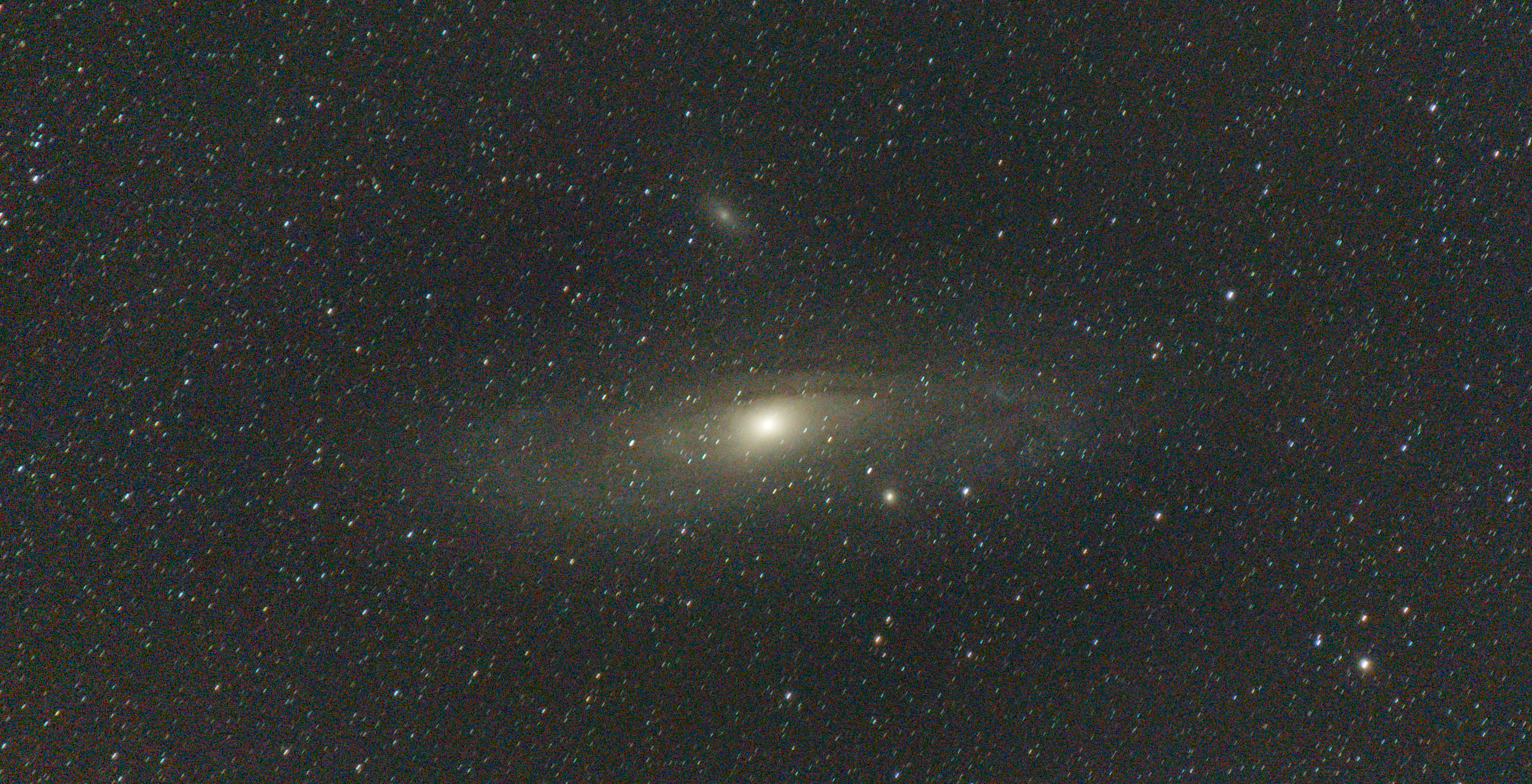Astrophotography
Welcome to !astrophotography!
We are Lemmy's dedicated astrophotography community!
If you want to see or post pictures of space taken by amateurs using amateur level equipment, this is the place for you!
If you want to learn more about taking astro photos, check out our wiki or our discord!
Please read the rules before you post! It is your responsibility to be aware of current rules. Failure to be aware of current rules may result in your post being removed without warning at moderator discretion.
Rules
- I | Real space images only.
-
Astrophotography refers to images of astronomical objects or phenomena exclusively.
-
~~Images that show objects or people below the Kármán Line (100km) will be removed.~~ We won't be enforcing this rule for now, but as the community grows eventually we will split and have a separate space for just landscape astro.
-
Images must be an accurate representation of a real astronomical object.
- II | Original and Amateur Content Only
-
Image posts can only be images that you have captured and processed yourself, or discussion about capturing and/or processing your own images.
-
Images acquired from public sources, professional observatories, or other professional services are not allowed.
-
If you have done a drastic alteration or reprocessing of a prior submission, you may repost your edit - but only after a minimum of one week has passed.
- III | Post Types
-
Image posts are to link directly to the image, not to landing pages, personal galleries, blogs, or professional sites. Link to these in the comments. (AstroBin and Imgur, are allowed)
-
Questions are welcome here for the time being.
-
Links to blogs, articles or external websites should be interesting and promote discussion about amateur astrophotography.
- IV | Titles
- All image posts should just include include the name of the object being photographed. Extra info such as equipment, it being your first image, or other information should go in a comment along with your acquisition info. Please see this page for more details.
If your post is removed, try reposting with a different title. Don't hesitate to message the mods if you still have questions!
- V | Acquisition and Processing Information
-
All submitted images must include acquisition and processing details as a top-level comment. All posts without this information may be given a warning, and if not updated will be removed.
-
This includes the telescope, mount, camera, accessories, and any other pieces of equipment you used to capture the image.
-
You must also include processing details, i.e. the programs you used and a general rundown of the workflow/processes you used within those programs. “Processed in Photoshop” is not enough.
view the rest of the comments

For untracked this looks not too bad. To improve I would do the following:
Are you interested in sharing the raw stacked file? I use a (paid) deconvolution tool called BlurXterminator and I wonder if it can handle such extreme star shapes. If it works I will of course send you the file.
Thanks for the feedback. You can try it with your software. Here is the file: https://drive.proton.me/urls/M8309JQDYR#rc9F6A9RYyCk
But I read some negatives online about how it uses hubble images to calibrate images. Here is a forum post: https://forum.astronomie.de/threads/blurxterminator-nein-danke.336225/ It is in german, but I'm sure you will understand it. Let me know what you think
Edit: Since the software is probably trained on images from better telescopes/observatories it is most likely using their images to calibrate mine. I have no direct problem with that, but I wouldn't consider this to be my own anymore. Personally I don't like using AI to enhance or fix some of my stuff.
But I'd still like to see the results if it works.
Thanks for sharing! The software worked better than expected on your image!
On my research before purchasing the program I also stumbled over your linked forum post. However I found it very misleading, as the software does not generate details learned from other images but only works with data already in your image. As it is a deconvolution tool results can deviate slightly from the true nature. But that has little to do with AI being used here. I needed a whole semester at university to truly understand the maths behind it. My biggest problem is that the software isn't open source so one can't look into all the details. But there are already people working on open alternatives.
But this already is a very specific problem, don't forget that the biggest difference for good quality makes the data itself. I wish best of luck on your journey!
Oh and I forgot to mention that one other advice I would give is to search the darkest location to shoot from that you can access. Lightpollutionmap really helps with finding such places.
Edit: unstreched file with only background extraction and deconvolution: https://drive.proton.me/urls/QD4870ZMF4#uyVBYxKgWxgb
This looks amazing. Thanks. And thanks for the advice. I’ll try it sometime. With the software I have the same problems as you do. I‘d also prefer it if it would be open source.